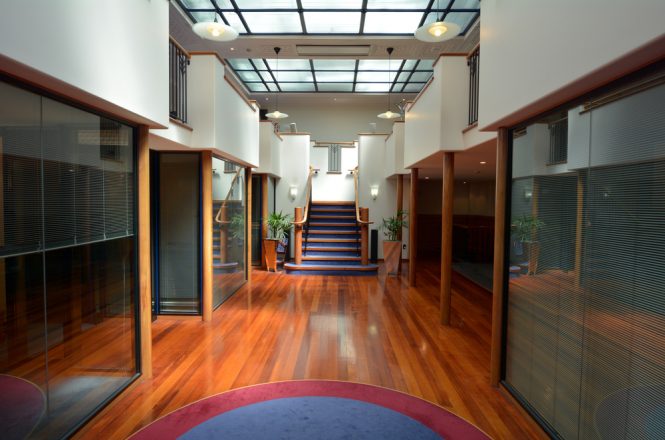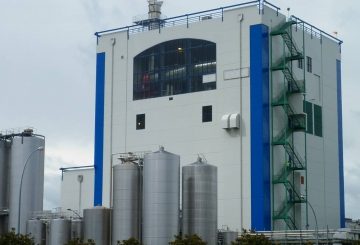증가하는 숙련되 기술 인력 부족과 지속적인 공급망 중단은 기업인들에게 골칫거리를 안겨주는 주요 과제 중 하나다.
IoD(Institute of Directors)와 ASB Bank의 연간 조사에 따르면 회원의 거의 60%가 여전히 대유행으로 인해 조직의 성과에 미치는 부정적인 영향을 다루고 있는 것으로 나타났다.
경영진들의 주요 관심사는 폐쇄된 국경으로 인해 숙련된 기술자들이 날이 갈수록 부족해지는 것이이며, 57%의 응답자가 이를 국가 경제 성과에 가장 큰 걸림돌이라고 답했다. 지난해 조사에서 32%에 비해 더 큰 장애물로 인식되고 있음이 드러났다.
Kirsten Patterson IoTD CEO는 다음과 같이 말했다. “우리는 이제 Covid-19가 여러 부문에 걸쳐 노동력에 미치는 눈덩이 효과를 보고 있다.”
“코로나로 재정적으로 어려움을 겪고 있는 조직들에게 있어, 현재의 불안정한 노동력, 높은 임금 기대치, 필요한 핵심 기술 등에 공백이 있는 것으로 보인다.”
그녀는 일부 기업들이 노동자들의 우선순위를 재평가하고 이직 및 전업을 위한 “퇴사”등을 놓고 고군분투하고 있다. 앞으로 몇 년 동안은 주요 직원들을 유지하기 위해 경영진들이 싸워나가야 할 문제라고 예상했다.
한편 이는 기업들이 주요 인재를 유치하고 유지하기 위해 일과 삶의 균형, 긍정적인 직장 문화, 보상과 인정과 같은 것들에 대한 그들의 접근 방식을 검토할 필요가 있다는 것을 의미한다.
인력 공급망 파괴, 계속되는 국경 봉쇄, 백신 효과 또한 경영진에게 중요한 문제로 작용한다.
향후 1년간 경기가 나빠질 것으로 본 경영진 비율은 12포인트 개선됐지만 51%가 하락을 전망하고 있다.
그러나 경영진들은 1년 전 50%에서 54%가 앞으로 상황이 개선될 것으로 예상하면서 미래에 대해 더 낙관적이었다.
Nick Tuffley ASB 수석 이코노미스트는 올해 폐쇄 조치로 인한 반등 효과로 2022년 경제가 4% 이상 성장할 것으로 예상된다고 말했다.
신호등 시스템을 도입하면서 뉴질랜드 내 조직들은 2020년과 2021년에 걸쳐 코로나 퇴치를 위해 사용됐던 극단적인 제한 조치가 줄어들면서 보다 안정적인 환경을 기대할 수 있다고 밝혔다.
또한 국경 제한이 완화되면 더 많은 인재가 입국할 수 있을 것이라고 덧붙였다.
이 조사는 기업들이 사회적 이슈에 관여해야 한다는 믿음이 커지고 있음을 시사한다.
응답자 중 절반은 최고 경영자가 사회적 문제에 대해 목소리를 내야 한다고 생각했으며, 그 비율은 1년 전 28%에 비해 약간 높아졌다.
Patterson은 “사람들은 점점 더 많은 경영진들이 앞장서 기후 변화부터 이사회실의 다양성까지 다양한 문제에 대해 리더십을 발휘하기를 바라고 있다”고 말했다.
“위기에 직면했을 때, 건전한 가치를 가지고 이를 이정표 삼아 살아간다면, 이해관계가 얽혀 있는 경영진일지라도 이러한 사람들을 포용하고 지지할 것이라는 것이다.”






























































